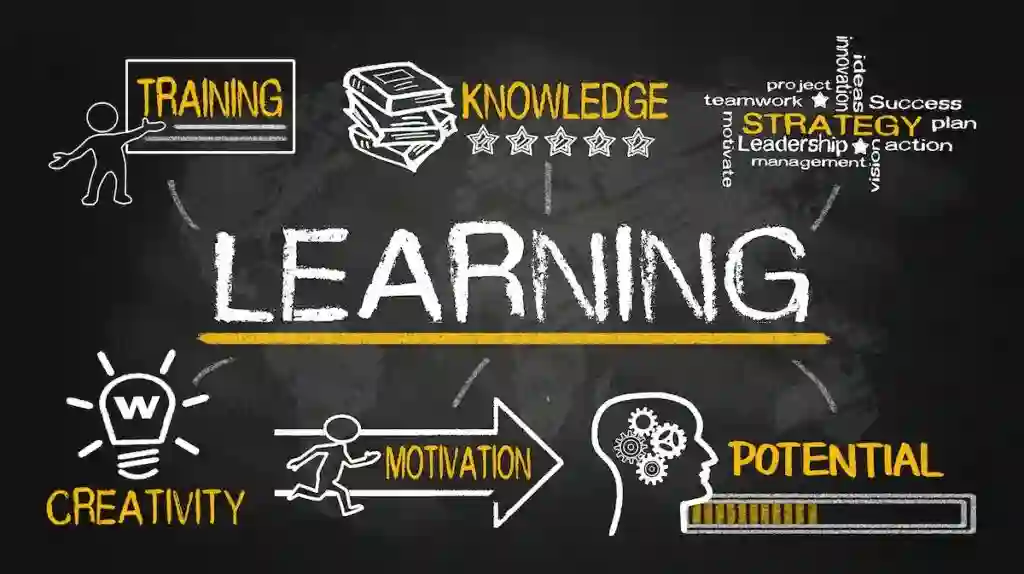
The Role of Education in Fostering Innovation and Creativity
Innovation and creativity are often hailed as the driving forces behind progress, economic growth, and societal advancements. They are the catalysts for breakthrough discoveries, groundbreaking inventions, and artistic masterpieces that shape the world we live in. Education plays a pivotal role in nurturing and harnessing these powerful forces, equipping individuals with the knowledge, skills, and mindset needed to innovate and create. In this article, we will explore the profound role of education in fostering innovation and creativity, highlighting how it sparks the imagination, encourages critical thinking, and empowers individuals to make a meaningful impact on society.
Understanding Innovation and Creativity
Before delving into the role of education, it’s essential to define innovation and creativity and their significance:
Innovation refers to the process of turning novel ideas into practical and valuable solutions, products, or services. It involves implementing new approaches, methods, or technologies to address existing challenges or meet emerging needs. Innovation drives progress across various sectors, from technology and science to business and the arts.
Creativity is the ability to generate novel and imaginative ideas, concepts, or expressions. It is the wellspring of originality and artistic expression, encompassing everything from visual arts and music to literature and scientific discovery. Creativity involves thinking beyond conventional boundaries, exploring unconventional solutions, and finding novel connections between ideas.
The Intersection of Education, Innovation, and Creativity
Education is the fertile ground where innovation and creativity take root and flourish. Here’s how education intersects with and nurtures these transformative forces:
- Fostering Curiosity: Education instills a sense of curiosity in individuals, encouraging them to ask questions, seek answers, and explore the unknown. Curiosity is the spark that ignites both creativity and innovation.
- Building a Knowledge Base: Education provides individuals with foundational knowledge in various domains, from science and mathematics to the humanities and arts. This knowledge serves as the raw material from which creativity and innovation emerge.
- Encouraging Critical Thinking: Education teaches individuals to think critically, analyze information, and evaluate ideas. Critical thinking is essential for identifying problems, envisioning solutions, and challenging the status quo.
- Promoting Problem-Solving Skills: Education equips individuals with problem-solving skills, teaching them to tackle complex challenges by approaching them systematically and creatively.
- Nurturing Imagination: Imagination is the wellspring of creativity. Education encourages individuals to tap into their imaginations, visualize possibilities, and think beyond established boundaries.
- Encouraging Collaboration: Education fosters collaboration by bringing together diverse perspectives and talents. Collaboration often fuels innovation by combining different viewpoints and expertise.
- Teaching Resilience: Innovation and creativity often involve setbacks and failures. Education teaches individuals resilience, helping them bounce back from disappointments and persevere in their creative endeavors.
- Offering Exposure to Diverse Disciplines: Education exposes individuals to a wide range of disciplines, expanding their horizons and encouraging interdisciplinary thinking, which can lead to innovative solutions.
- Providing Feedback and Mentorship: Educational environments offer opportunities for feedback and mentorship, allowing individuals to refine their ideas and creative works.
- Developing Communication Skills: Effective communication is crucial for sharing innovative ideas and creative works with others. Education enhances individuals’ ability to convey their ideas clearly and persuasively.
Education Across Disciplines
Education’s role in fostering innovation and creativity extends across disciplines, impacting various aspects of human endeavor:
- Science and Technology: Education in science, technology, engineering, and mathematics (STEM) fields provides the foundation for scientific discovery and technological advancements. It encourages critical thinking, experimentation, and problem-solving.
- Business and Entrepreneurship: Entrepreneurial education empowers individuals to identify market opportunities, create innovative products or services, and navigate the complexities of starting and running businesses.
- Arts and Humanities: Education in the arts and humanities nurtures creativity, artistic expression, and critical thinking. It encourages individuals to challenge conventions and explore new perspectives.
- Social Sciences: Education in the social sciences equips individuals with the analytical tools needed to address complex societal challenges, fostering innovative solutions for issues such as poverty, inequality, and sustainability.
- Medicine and Healthcare: Medical education encourages innovation in healthcare through research, the development of medical technologies, and the application of creative approaches to patient care.
- Education and Pedagogy: Innovative educational approaches and teaching methods are critical for equipping future generations with the skills and knowledge needed to succeed in a rapidly changing world.
Challenges and Opportunities
While education is a powerful catalyst for innovation and creativity, several challenges must be addressed:
- Standardization: Overly standardized education systems can stifle creativity and innovation by prioritizing conformity over individuality. Balancing standardized curriculum with opportunities for creativity is crucial.
- Access and Equity: Access to quality education is not equitable worldwide. Disparities in access to educational resources and opportunities can limit the potential for innovation and creativity in marginalized communities.
- Cultural and Social Factors: Cultural norms and social expectations can influence educational systems, either encouraging or inhibiting creativity and innovation. Embracing diversity and promoting open-mindedness is essential.
- Technological Advancements: Technology can enhance educational experiences, but it also presents challenges, such as ensuring that technology-driven education remains student-centered and fosters creativity.
Conclusion
Education is the bedrock upon which innovation and creativity thrive. It empowers individuals with the knowledge, skills, and mindset needed to envision a better future, solve complex problems, and contribute to the advancement of society. In a world marked by rapid change and evolving challenges, education remains the beacon that guides us toward innovative solutions, artistic expressions, and groundbreaking discoveries.
As educators, learners, and advocates for education, we must recognize and harness the incredible potential of education to foster innovation and creativity. By nurturing curiosity, encouraging critical thinking, and providing opportunities for experimentation and collaboration, education empowers individuals to become the innovators and creators of tomorrow, shaping a world that is more imaginative, inclusive, and dynamic.